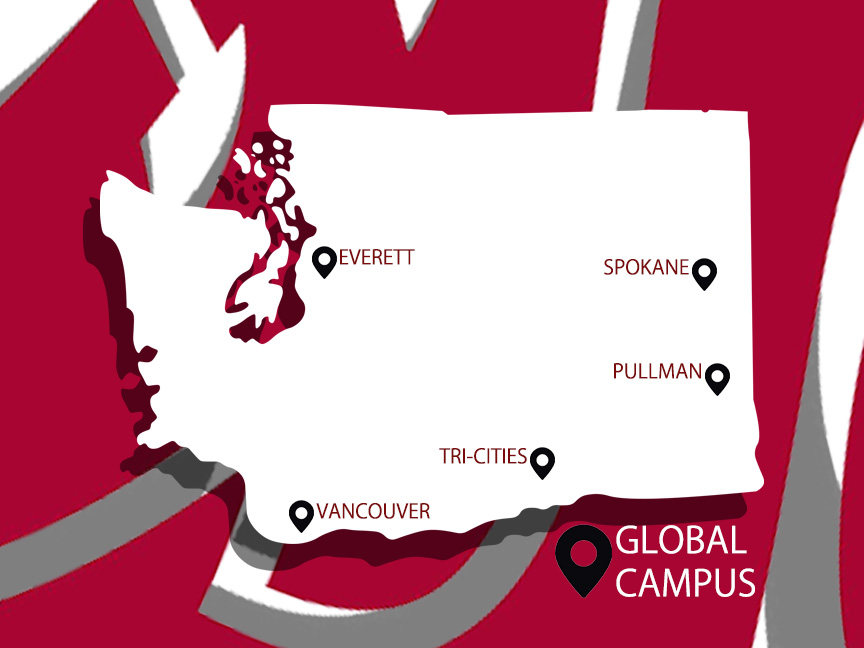- Administration
- Faculty
- Features
- Local
- News
- TOP FEATURES
- WSU Everett
- WSU Pullman campus
- WSU Spokane
- WSU Tri-Cities
- WSU Vancouver
Structural changes to come with ONEWSU
Administrators want to create Pullman chancellor position; proposal will be presented to Board of Regents this summer
“While each campus is unique, each campus is different and was created for a different reason,” said Phil Weiler, WSU vice president for marketing and communications.
February 18, 2021
University administration launched ONEWSU last month to start discussions about restructuring system priorities for WSU finances, leadership roles and research.
WSU President Kirk Schulz and Elizabeth Chilton, WSU provost and executive vice president, are seeking input to help decide what operations will be provided centrally or at the campus level, such as individualized budgets.
ONEWSU also includes creating a Pullman chancellor position rather than the president acting in that role, said Phil Weiler, WSU vice president for marketing and communications.
About 30 years ago, the Washington State Legislature named WSU a system, which means the university has more than one campus, he said.
Now, students attend WSU on five physical campuses, including Everett, Vancouver, Tri-Cities, Spokane and Pullman. Chilton said the system also encompasses WSU Global Campus and about 60 extension locations.
Weiler said the public views Pullman as the center of WSU and the other campuses as extensions, but Schulz hopes to unite all campuses through ONEWSU.
“While each campus is unique, each campus is different and was created for a different reason,” Weiler said. “But there isn’t any difference in the relative value of that campus to the entire system.”
Chilton said the conversation about restructuring the WSU system started about 20 years ago but recently gained traction in May when a group of administrators gathered to discuss roles and responsibilities.
After meeting with Faculty Senate members, student leadership and chancellors, Chilton said she and Schulz produced two white papers, one in January and one in February, describing the goals for ONEWSU.
“The [roles and responsibilities] didn’t come out of thin air,” she said. “They came out of conversations that started happening well before I even arrived.”
White Paper 1 is an overview of ONEWSU. It discusses separating the WSU president and Pullman chancellor position, Weiler said.
White Paper 2 outlines the different operations that could change structurally with this project. It also provides a timeline for the project, he said.
Weiler said the administration will request approval of the plan from the Board of Regents this summer. Plans are in place to implement the new system structure in July 2022.
Administrators are looking into giving individual campuses more control for faculty promotion and tenure, Weiler said. This concerned faculty members due to the possibility of having different standards for advancement as opposed to the current centralized model.
Weiler said other worries stemmed from concern about certain campuses not being considered an R1 tier research university as distinguished by the Carnegie Classification of Institutions of Higher Education. R1 means there is high research activity.
However, he said the status and accreditation will not change with restructuring.
As part of the process, administrators are comparing how other institutions model their systemic structures.
At Weiler’s previous institution, the University of Oregon, universities within Oregon are a part of one overarching system and have to compete for student enrollment, he said.
Chilton said she noticed WSU has similarities to her previous position at the University of Massachusetts, where the system includes five physical locations and is also considered a land-grant university.
“It’s not for us to model ourselves after anyone because one of the things I learned really clearly from my previous experiences is that no two public university systems look alike,” she said.










